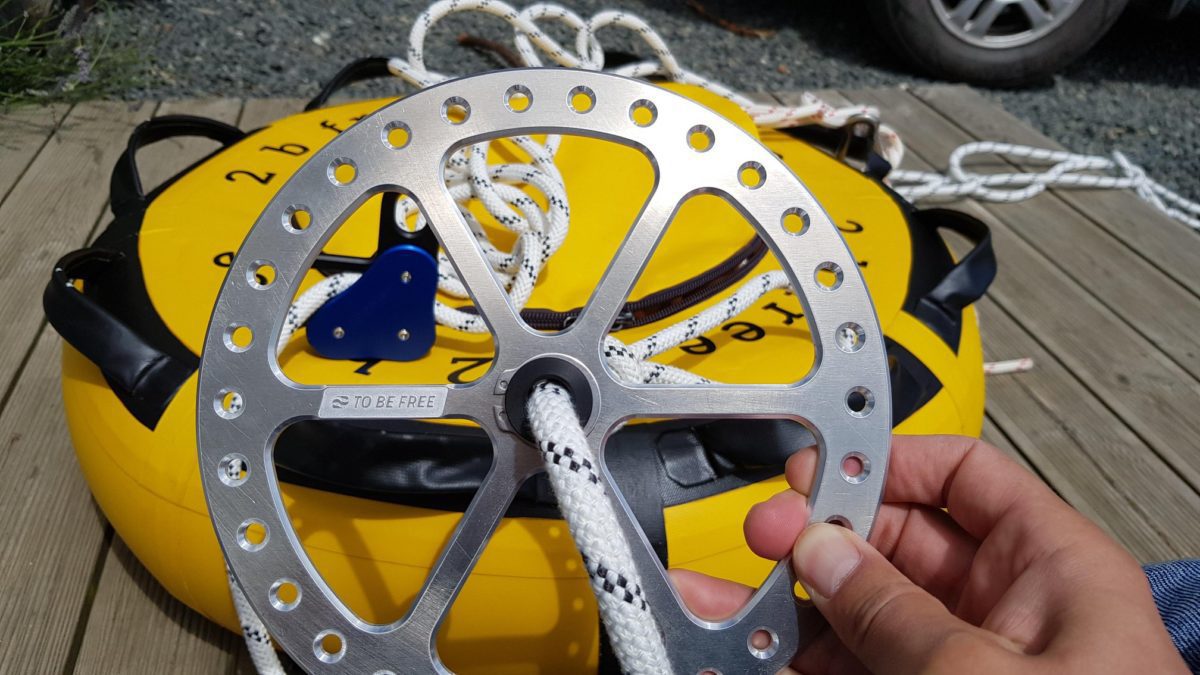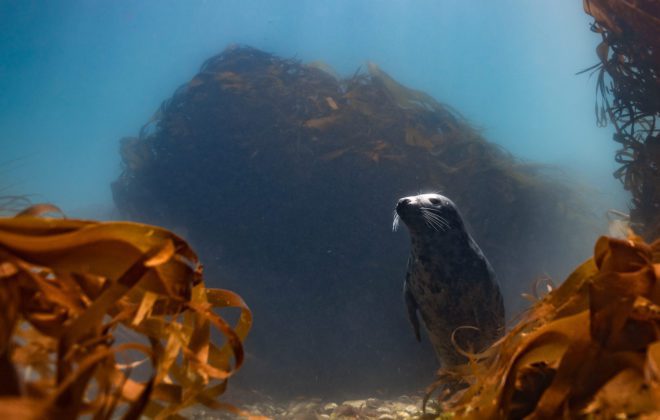2Bfree freediving equiptment, pulley and plate review
2B free pulling system review
We have the opportunity to test out the new pulling system and plate made by 2B free freediving equipment, here at Aquacity freediving in Cornwall. The waters of the UK are some of the most beautiful and most challenging (at times) that I have dived in- so we really do give equipment a run for its money. Most of the time, although its cold, we have excellent diving conditions, but in this wonderful, wild temperate climate, it can change a bit rapidly and can get bumpy- so having equipment that can stand up to the test is a must. The sea is also really salty! So we are pretty hard on our dive gear.
So who are they? ‘2 b free equipment’ has been developed, designed, and produced by the Ukrainian freedive champion Alexander Bubenchikov. Alexander has achieved a master’s degree in physics and combines his experience and love for diving with his knowledge of mechanics to create freediving equipment of a high standard.
When I saw the contents of the parcel, a lovely pink plate and a blue pulley- I thought wow- these are pretty… but honestly I was worried that they would be too light weight. Im really happy to have been proven wrong! We took them out for a test in pretty rough water. We dive from bouys here, rather than boats- as a combination of wind and enormous tides can sometimes be in opposition- so drift diving with a bouy is normally how we operate to ensure a straight line. The boats are always beside us, but using a line form a boat would be problematic- we need a lower profile. We have been very happy with Alexanders bouys over the last couple of years- they have worked hard for us.
Previously we have been using another pulling system and Im happy with the concept- its way easier than pulling ropes the old fashioned way. I had not really expected a big difference between designs, but these are smooth. Due to the fact that they are a bit longer, it seems to create a bit more space and they run well.
I think the major difference though, is using them in conjunction with the bottom plate. It is really light and easy to move. Previously we have been using a solid plastic disk. Some of the ropes have no plate to make them easier, but our divers don’t like that as much as there is pretty low light conditions here, and a bottom feature is always welcome. I am sure all cold water divers will agree- pulling up ropes, in current, with cold hands, with solid plates- sucks. Not so with these! The plate is brightly coloured and visible but really light and has plenty of holes to give it a lower profile. There is space for tags and its really sturdy. We are totally converted.
Technical
The Plate: made of corrosion-resistant anodised aluminium. It has a diameter of 20cm/16” and is 4mm thick with 30 holes to attach tags along the outside. The plate is fixed to the rope with a screw (needs an Allen key) to prevent it from sliding. Its hydrodynamic design creates minimal drag when you are pulling up the bottom weight or using a counter ballast system.
The pulley: The main body of the pulley is made of anodised aluminium, to be corrosion-resistant but and durable. The axles are composed of polished stainless steel. The wheels are made of a polymer that is designed to minimise friction. It is well calibrated to make sure it stays put and does not slide when its gripping the rope. The pulley works best with the standard 10 and 12mm rope.
The website is pretty easy to negotiate and everything we have ordered in the past has been shipped promptly and well is packaged. It would be worth checking about shipping costs and tax, depending on where you are in the world, but seemingly the Ukraine to the UK is pretty efficient.
Colours Yes I know, its al about functionality- but lets try to be stylish too?
The Pulley comes in blue, orange, pink, red and black. The plate colours are pink orange and silver- so something for everyone.
Costs ThePulley retail cost is 70 euros, the plate costs 60 euros. There are cheaper equivalents on the market, so this may be the upper end of the scale- but there is an old adage- you get what you pay for. These are nice and hopefully more durable than plastic equivalents. It is also a safety issue- you don’t want the pulleys giving up during a dive.
In summary, they may not be the cheapest around, but they work well and will last. For a busy dive centre like ours- it makes a lot more sense to spend the extra and be using reliable, good looking equipment that will stand the test of time.
PRODUCT FEATURES from the website:
Pulley
Weight: 190gr/ 70oz
Size: 11.5cm x 7.5cm x 2.5cm
The main body of the pulley is made of anodised aluminium, which is not only corrosion-resistant but also extremely durable. This material also comes in 5 colours, so there is something for everyone.
The axles are composed of polished stainless steel that is very durable and accents the colours as well.
The wheels are made of a polymer that is designed to minimise friction and give the user total control when pulling or releasing the line.
Its perfectly calibrated geometry provides complete control and reliability, so you don’t have to worry about the rope slipping when diving.
The pulley works best with the standard 10 and 12mm rope.
Plate:
Diameter: 20cm/8”
Thickness: 4mm/16”
Material: Anodised Corrosion Resistant Aluminum
Weight: 180g/6oz
Holes for tags: 30 holes for easy attachments of velcro or clips
Attaches to the rope with a specially designed screw
It can be used with a rope thickness up to 12mm 1/2”
Price 70 euros for the pulley and 60 euros for the plate.
REVIEW OVERVIEW:
Performance 5/5
Looks 5/5
Value for Money 4/5



